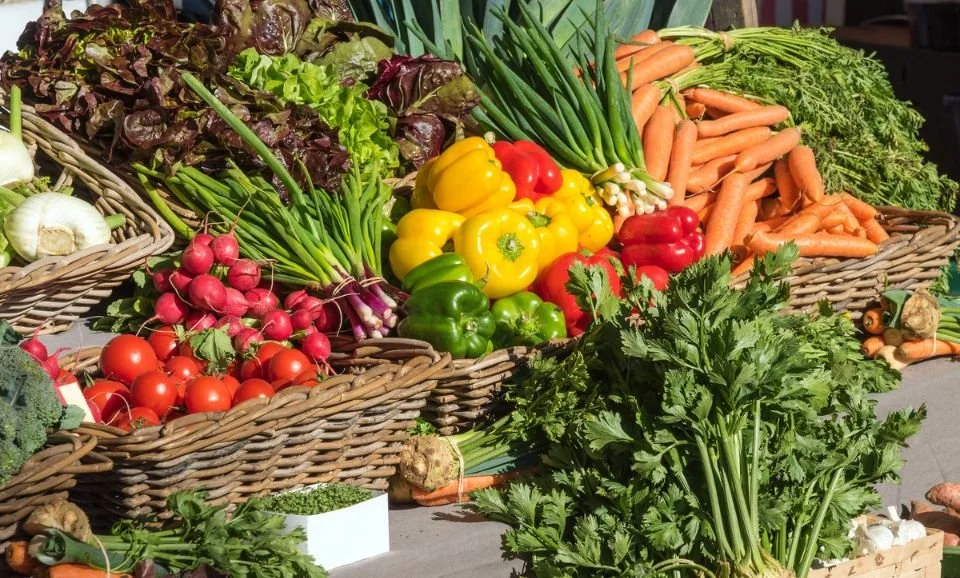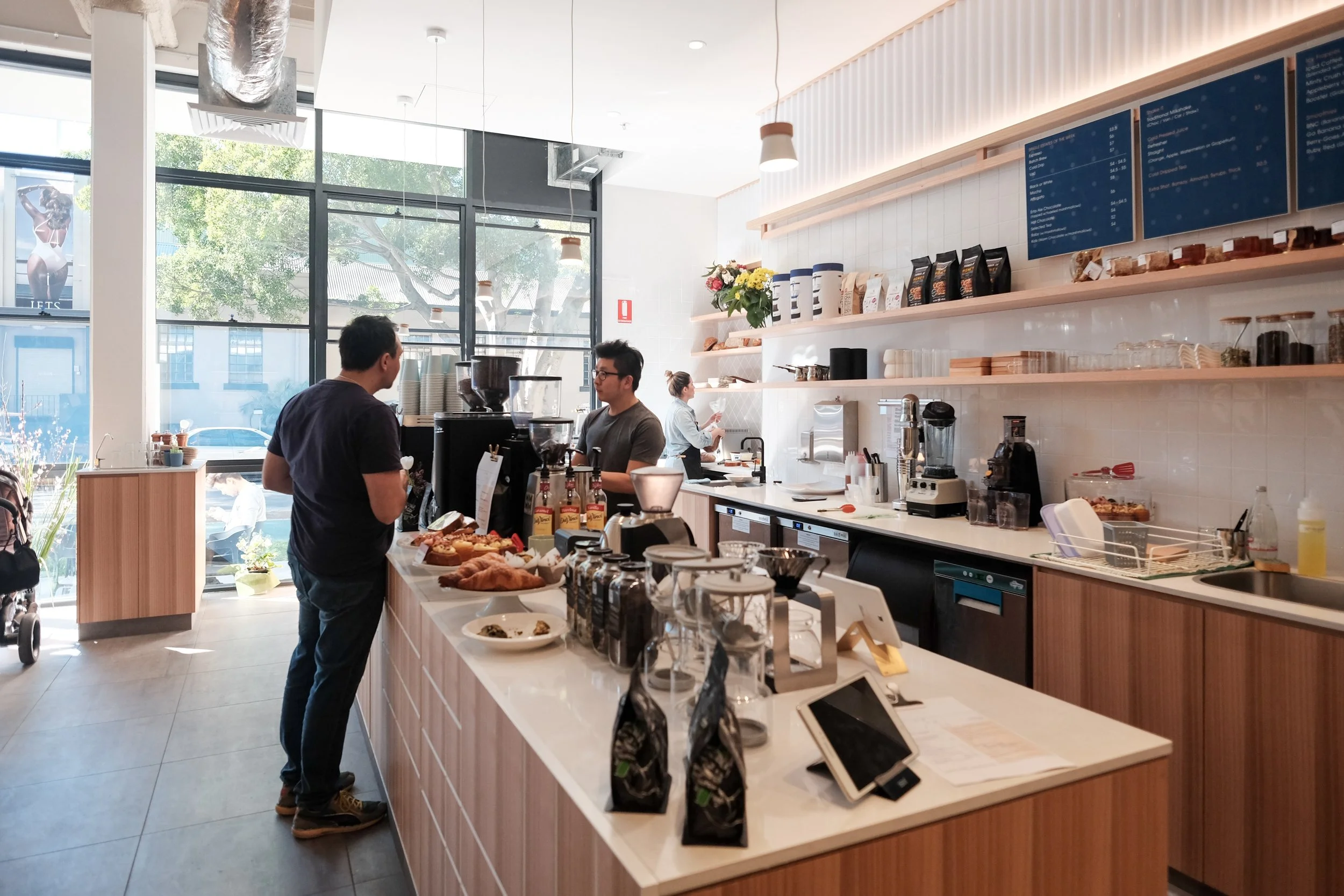From Farm to Table: Why Local Ingredients Matter More Than Ever in 2025
In 2025, the conversation around food has shifted. It’s no longer just about taste; it’s about origin. Where ingredients come from, how they’re grown, and the journey they take to reach your plate have become just as important as the recipe itself.
And it’s no surprise. Local sourcing has moved beyond being a niche preference. It’s now a conscious choice that blends sustainability, community connection, and depth of flavour in ways global supply chains can’t replicate.
Fresher Flavour, Naturally
The difference in taste is immediate. Local ingredients spend less time in transit, which means they arrive fresher, retain more nutrients, and reflect the true essence of the season.
A tomato picked at sunrise and served the same day carries a sweetness that can’t be matched by produce flown halfway across the globe. Seasonal menus built around this freshness deliver dishes that are vibrant, aromatic, and alive.
Strengthening Local Communities
When cafés, restaurants, and caterers choose to buy from local farms, growers, and markets, they’re not just purchasing ingredients. They’re supporting the livelihoods of people in their own community.
This keeps money circulating locally, sustains small businesses, protects agricultural jobs, and creates a food economy built on trust and mutual respect. The relationships between chefs and farmers, roasters and baristas, makers and eaters become part of the story on every plate.
Lowering Environmental Impact
Local sourcing isn’t just better for taste; it’s better for the planet. Shorter supply chains mean fewer transport emissions, less reliance on cold storage, and minimal packaging waste.
In an era where environmental responsibility is no longer optional, choosing local is a simple but powerful way for cafés and diners to reduce their carbon footprint without compromising on quality.
Knowing Your Grower
There’s something reassuring about knowing exactly where your food comes from. Local sourcing allows for transparency. Customers can meet the growers at weekend markets, see the fields where their greens were picked, and understand the farming practices behind them.
That connection transforms a meal from a transaction into an experience—one where provenance is part of the flavour.
The 2025 Perspective
With climate challenges, economic pressures, and changing consumer values, local sourcing is no longer an optional “nice to have”. In 2025, it’s an essential pillar of thoughtful, sustainable hospitality.
For diners, it offers the reassurance of quality and integrity. For hospitality venues, it builds a brand identity rooted in care, authenticity, and flavour.


